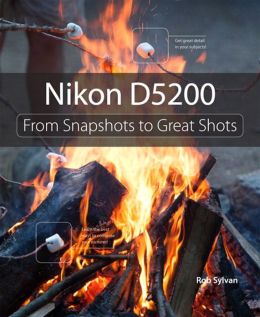EQ:
How can a photographer best achieve ideal lighting during a portrait session?
Answer #2:
A photographer can best achieve ideal lighting during a portrait session by adding light and using other lighting equipment (ex: reflectors, strobes).
Details:
Reflectors: Basically what reflectors do is they help control the direction of the light. For example a five in one reflector has a diffuser disk that has a cover with different fabrics; white, silver, gold, and black, what these do is either give the photo a more natural look(white), or edgy look(silver), or a warm look(gold) or absorb the light that might be bouncing off of objects near by(black).
Softboxes: Softboxes are enclosures that are attached to the light with reflective interior surfaces and translucent material that is positioned in front of the light. Pretty much what a softbox does is diffuse and soften the light to make it less harsh on the subject and create better shadows.
Lights: Adding light is essential when shooting the subject in a studio or even outdoors with their back to the sun. So example would be a strobe light with an umbrella reflector to act as a fill light so that we're not getting a silhouette.
Source(s):
Lighting for Digital Photography: From Snapshots to Great Shots by Syl Arena
Lighting Essentials by Simon Mclntyre and Andrew Langcake
Conclusion:
A photographer can achieve ideal lighting through the use of reflectors, softboxes, and additional lights working together.



